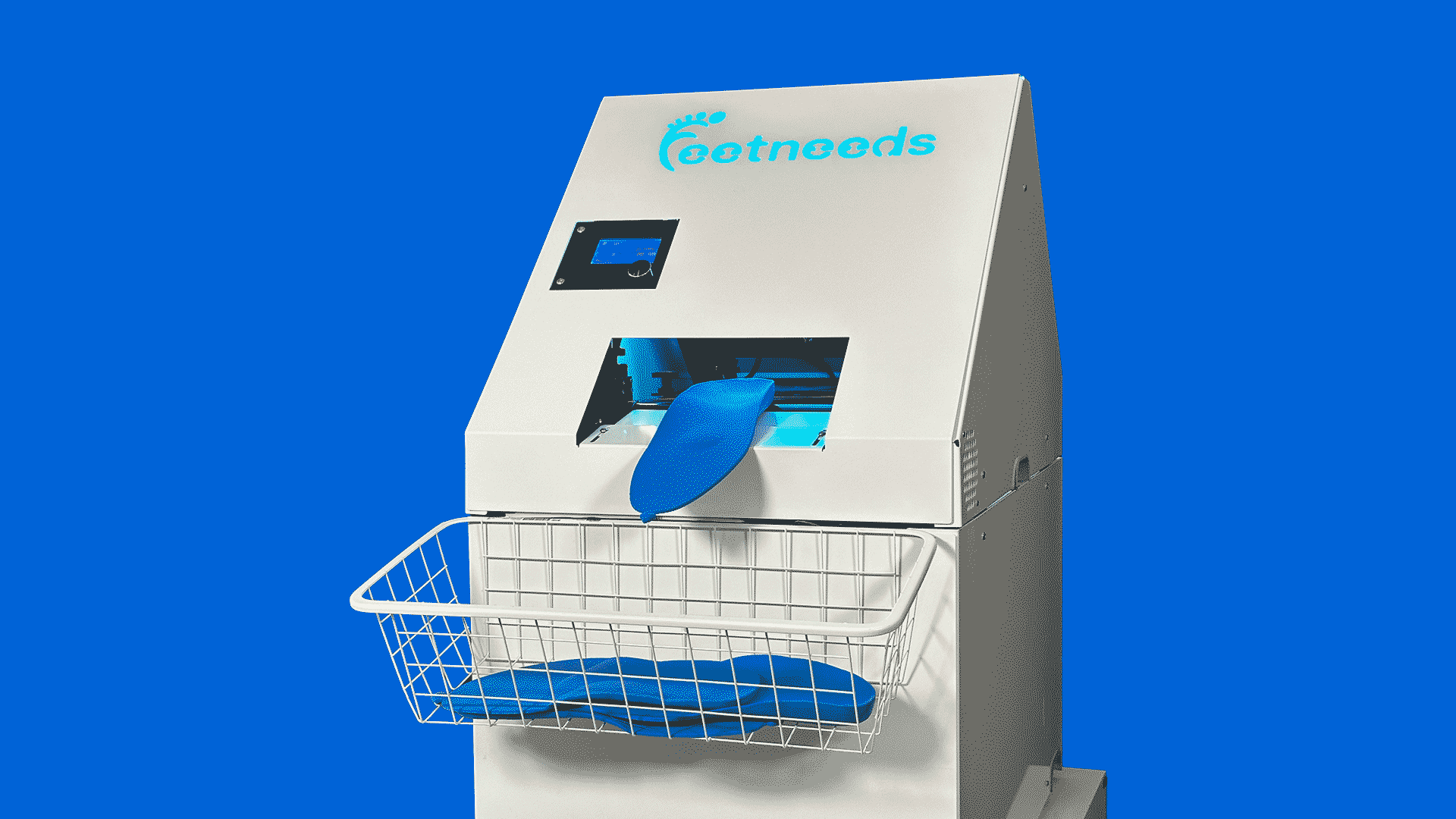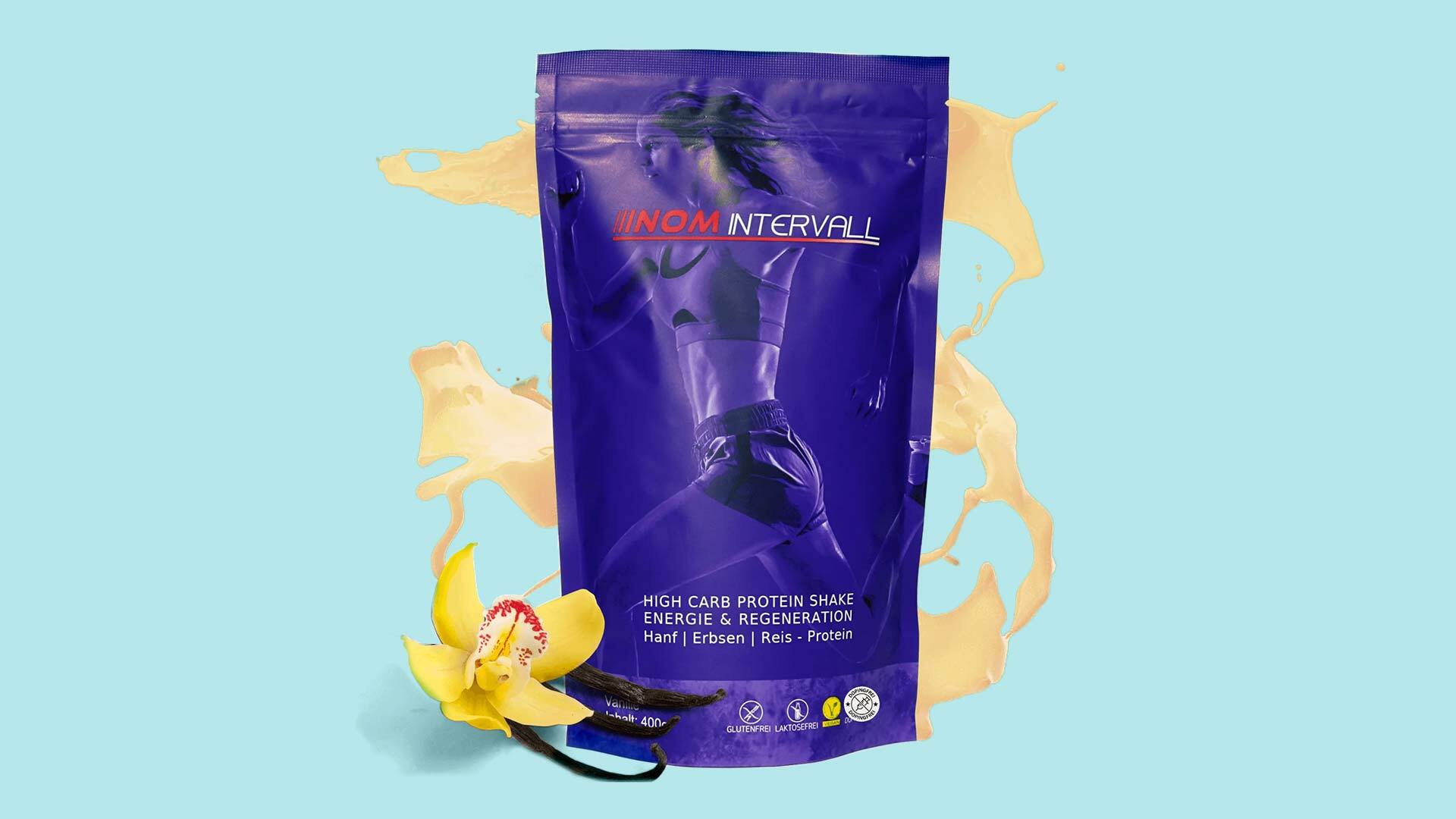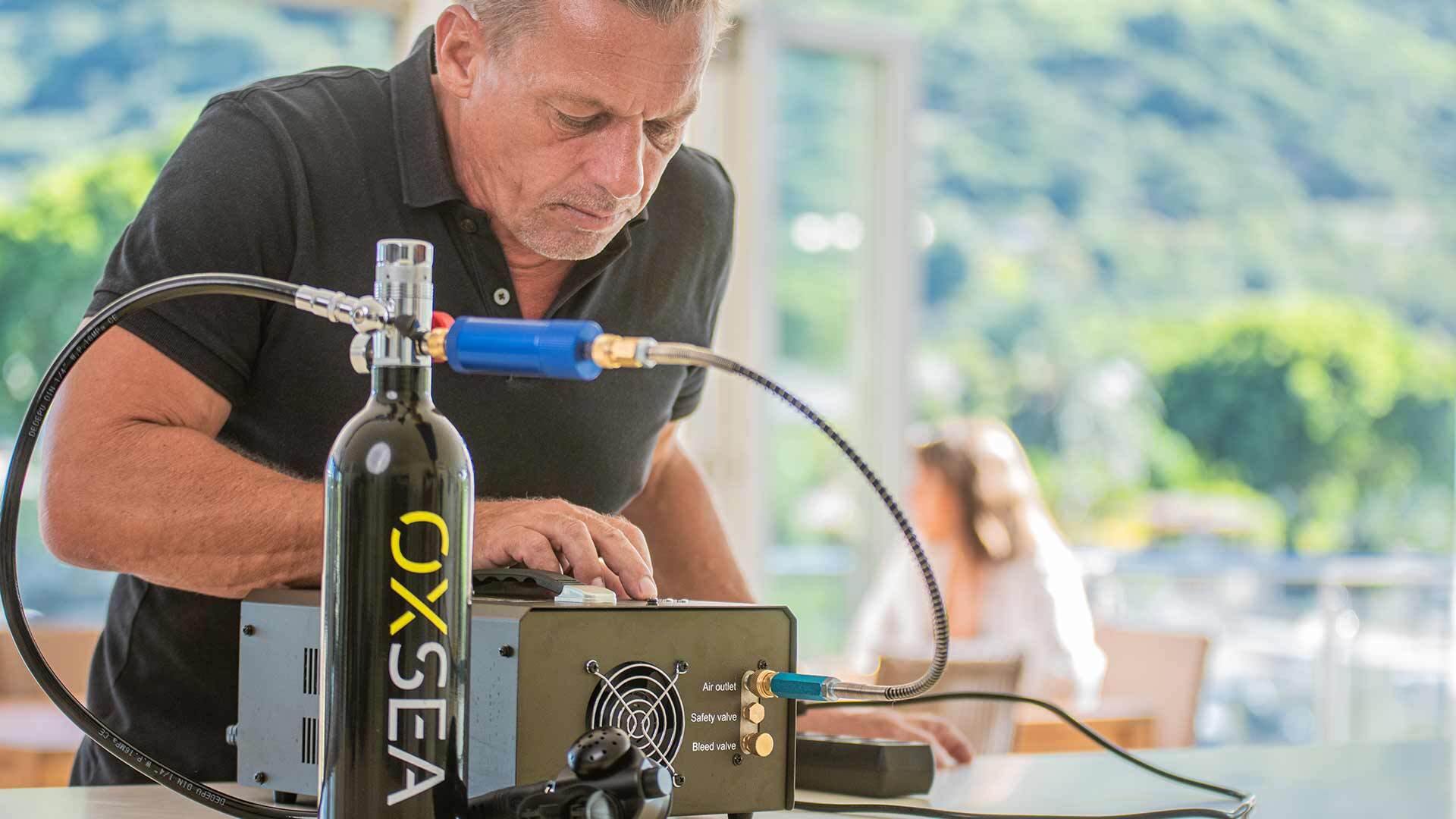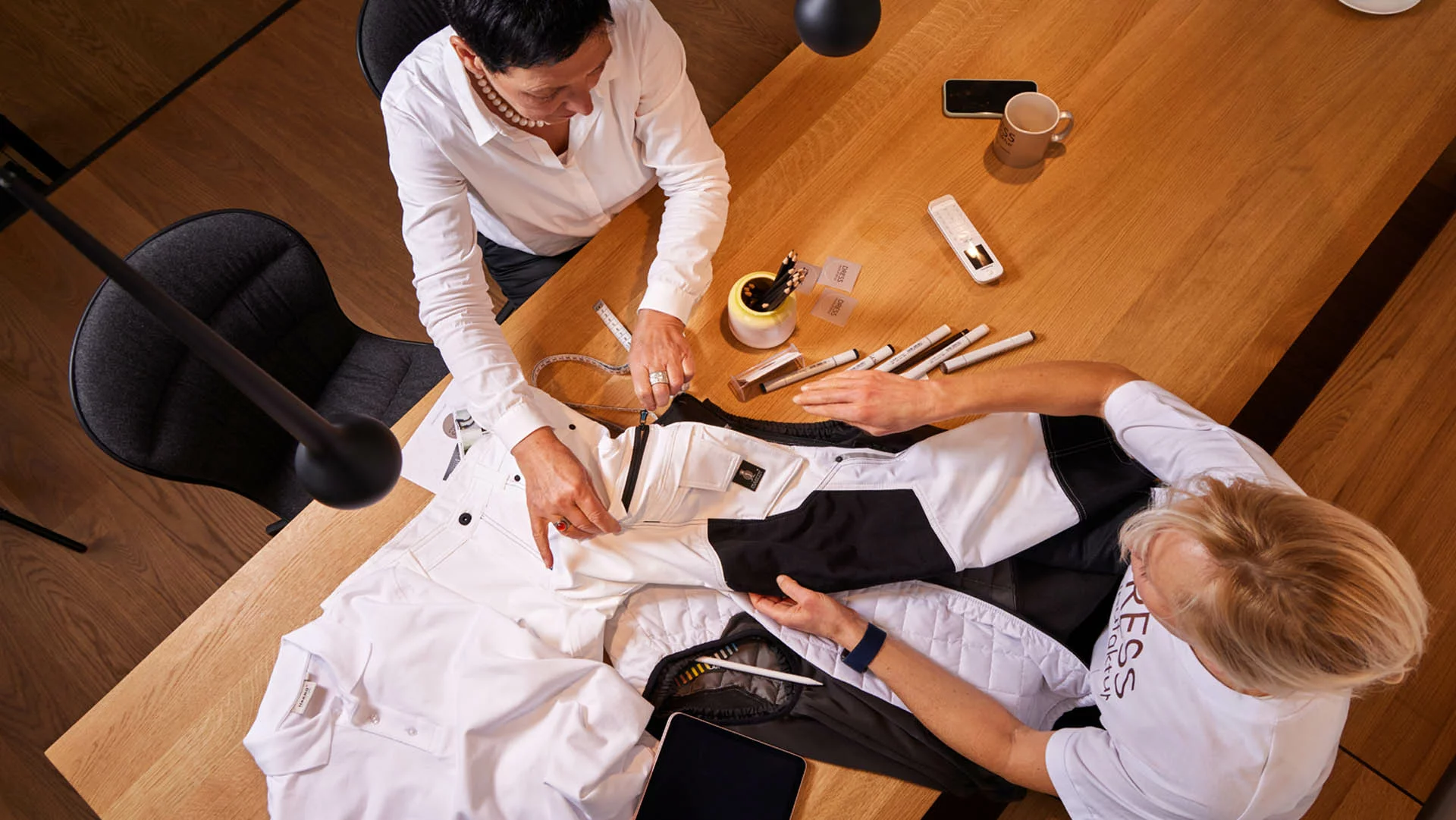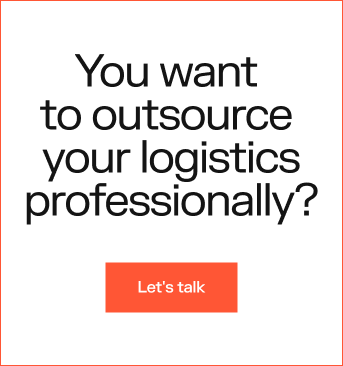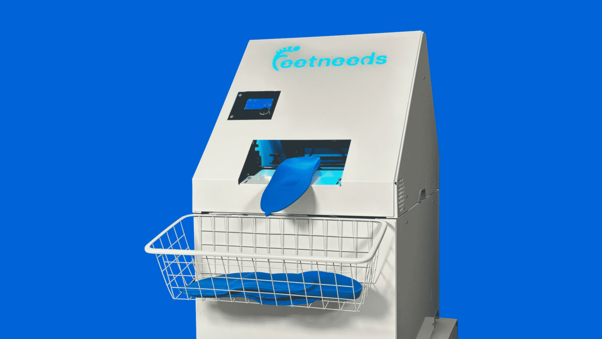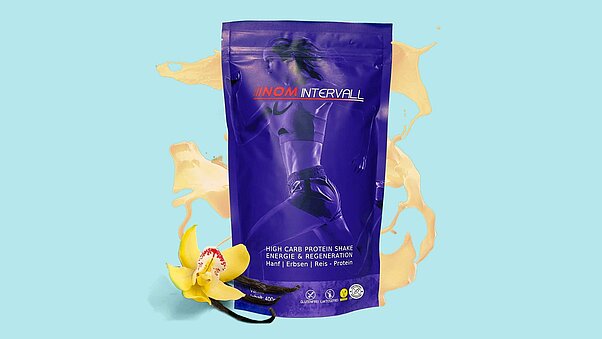E-commerce Fulfillment Services in the US: What to Expect in 2025

The U.S. e-commerce market remains one of the most competitive. Following the 2024 presidential elections and with economic shifts, brands are encountering unprecedented logistical challenges. At Quivo, we aim to help you understand and anticipate the logistics challenges brands and e-commerce will have to face tomorrow.
- What Is E-Commerce Fulfillment?
- Key Steps in the Fulfillment rocess
- Post-Election Context and Its Impact on Logistics in 2025
- Key Fulfillment Trends in the USA
- What Brands Are Looking for Today
- Solutions for International Brands
What Is E-Commerce Fulfillment?
Ecommerce fulfillment services USA include all logistical operations that enable a brand to efficiently manage online orders—from receiving products to delivering them to the end customer. In the context of exponential e-commerce growth, working with fulfillment companies in the US has become a strategic lever to retain customers and ensure a seamless shopping experience.
Key Steps in the fulfillment process:
Receiving and Storing Products
The logistics provider receives products shipped by the manufacturer or distributor, inspects them (quantity, quality, compliance), and records them in the inventory management system. These goods are then stored securely in a warehouse, organized for quick access during order preparation.
At Quivo, this process is powered by the Connector, our tool that links seamlessly with platforms like Shopify, WooCommerce, and Amazon. The Connector ensures real-time syncing of product data, inventory levels, and order updates—streamlining operations from inbound receipt to outbound fulfillment. Once received, goods are stored securely in our warehouse and organized for quick, accurate access during order preparation.
Order Preparation
Once a customer places an order (via platforms like Shopify, WooCommerce, Amazon, etc.), the system triggers the preparation process. This includes picking items, quality control, and final preparation before packaging.
Modern solutions often integrate automated systems (scanners, picking robots) to ensure maximum accuracy and reduced processing times.
Customized Packaging
Packaging is not just functional; it's a crucial element of the customer experience. Increasingly, brands invest in customized packaging (with logos, messages, recyclable materials) to strengthen brand image and customer loyalty.
Fast and Reliable Shipping
After packaging, the order is handed over to carriers for delivery. Fulfillment providers collaborate with a network of partners (UPS, FedEx, USPS, and regional carriers) to ensure short delivery times (often 1 to 2 days) and optimal national coverage.
Distributed fulfillment solutions bring inventory closer to end customers, reducing delivery times and transportation costs.
Shipment Tracking and Returns Management
Customers expect full transparency regarding their orders: tracking numbers, delivery notifications, and assistance in case of issues. Fulfillment includes integrated tracking tools and a returns management process (prepaid labels, local drop-off points, prompt refunds).

Outsourcing: Why Partner with a 3PL?
In the U.S., outsourcing these operations to a specialized provider (Third-Party Logistics or 3PL) has become standard for ambitious e-commerce businesses. 3PLs offer:
- Logistics expertise and national infrastructure
- Seamless integrations with e-commerce platforms
- Flexibility to handle seasonal peaks or promotional campaigns
- Time savings, allowing brands to focus on core activities (marketing, product development)
At Quivo, we assist brands in scaling rapidly with turnkey fulfillment solutions tailored to the U.S. market's specifics.
Discover how outsourcing logistics has streamlined our clients’ operations:
Post-Election Context and Its Impact on Logistics in 2025
Since the 2024 presidential elections, U.S. policies have significantly reshaped the economic and logistical landscape. New government directives have had major repercussions on supply chains and fulfillment operations, creating new challenges for e-commerce businesses.
Key Impacts Identified:
- Increased Import Taxes and Stricter Regulations
New tariff measures, implemented to protect the local economy and bring back certain industrial sectors, have led to a significant rise in import costs. Products from Asia or Europe now face higher customs duties and stricter controls (compliance verification, customs certifications). This complicates logistics flows and necessitates more precise planning to avoid delays and additional costs.
- Transportation Cost Fluctuations and Geopolitical Tensions
Trade tensions between the U.S. and certain strategic partners (notably in Asia and Eastern Europe) have caused volatility in international and domestic transportation prices. Fuel costs are also under pressure due to new energy policies and geopolitical tensions. As a result, carriers are passing these increases onto their rates, directly impacting fulfillment costs.
- Labor Shortages in Certain Regions
With immigration reforms and decreased attractiveness of certain logistics jobs, several key states (like California, Texas, or Florida) face labor shortages in warehouses and sorting centers. This situation increases processing times and challenges 3PLs' ability to meet strict SLAs (24-hour shipping, quick returns).
- Increased Pressure on Delivery Times and Carrier Reliability
In this unstable context, consumers no longer tolerate delays. The promise of fast delivery (1 to 2 days) remains the norm but is increasingly difficult to uphold. Carriers are under strain, and last-minute delays (driver shortages, port congestion) are becoming more frequent.
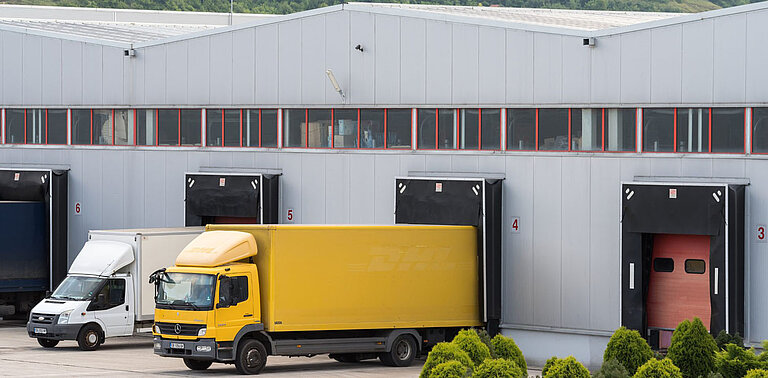
Key Fulfillment Trends in the U.S.
1. Accelerated Delivery and National Network Expansion
American consumers expect ultra-fast delivery times (1 to 2 days). ecommerce fulfillment companies are expanding their national warehouse networks to meet rising consumer expectations.
2. Distributed Fulfillment and Intelligent Automation
Distributed inventory management is increasingly handled by specialized fulfillment companies in the US, leveraging automation for accuracy and speed.
3. Cost Control and Flexible Contracts
Many US fulfillment companies now offer on-demand models with no fixed minimums, giving brands flexibility. This allows them to adapt logistics to seasonal peaks.
4. Simplified Returns and Post-Purchase Experience
Returns management is crucial for customer retention. Consumers expect smooth returns with prepaid labels, local drop-off points, and prompt refunds. This is a key differentiator among ecommerce fulfillment services USA providers.
For more insights into broader e-commerce logistics, read our full article on the most important fulfillment Trends of 2025.

What Brands Are Looking for Today
Brands expect ecommerce fulfillment USA providers to offer more than just storage. They want seamless integrations, real-time visibility, and scalable solutions that can handle peak volumes.
- Seamless Integrations with Shopify, WooCommerce, Amazon, and Other Platforms
Brands desire direct connectivity between their e-commerce platform and logistics partner. Seamless integration ensures automatic synchronization of orders and inventory, reducing errors and delays.
- Real-Time Visibility on Inventory and Shipments (Dashboards and APIs)
A clear dashboard and powerful APIs allow brands to monitor every step of their fulfillment process transparently. They can anticipate needs, adjust strategies, and provide better service to their customers.
- Clear SLAs (Service Level Agreements) and Guaranteed Delivery Times
Brands expect firm commitments on service levels: fast order processing, adherence to delivery times, and minimal error rates. These commitments are essential to ensure customer satisfaction and protect their reputation.
- Customized Packaging Options to Strengthen Brand Image
Packaging is not just a container; it's also a powerful marketing tool. American brands demand customized options (branded packaging, labeling, marketing inserts) to stand out and offer a unique customer experience.
- Capacity to Handle Volume Peaks Without Compromising Quality
During high-demand periods (sales, holidays, promotional campaigns), brands want a partner capable of managing additional volumes while maintaining service quality and delivery times.
In summary, American brands seek a reliable, technologically advanced, and scalable fulfillment partner capable of meeting their most stringent requirements and supporting their growth.
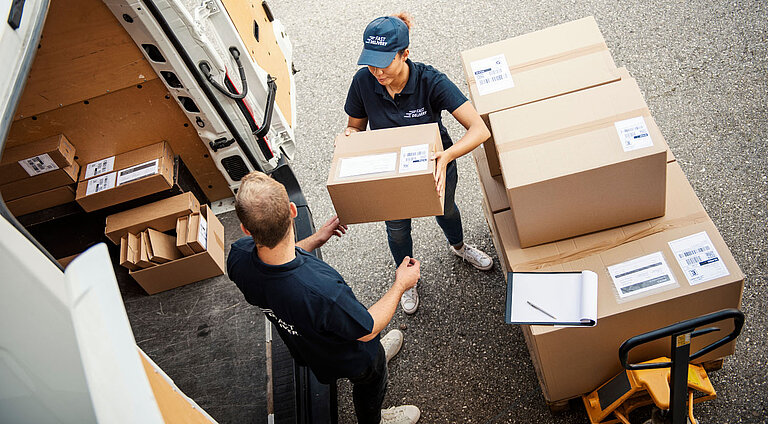
Solutions for International Brands
For European or Asian brands entering the U.S. market, selecting the right ecommerce fulfillment companies is crucial. Look for US fulfillment companies that offer national coverage and integrate seamlessly with major platforms like Shopify, WooCommerce, and Amazon.
Here are our recommendations for a successful fulfillment strategy in the United States:
- Store a Portion of Products in the U.S. to Reduce Delivery Times
Having local inventory significantly reduces delivery times, enhances customer satisfaction, and maintains competitiveness against local players.
- Partner with a Local Provider Offering National Coverage and Omnichannel Integrations
A logistics partner with a national network and seamless integrations with major e-commerce platforms (Shopify, WooCommerce, Amazon, etc.) is essential for effectively managing sales and shipments.
- Offer English-Speaking Customer Service and Simplified Returns (with Local Warehouse)
English-speaking customer service and a simplified returns process—with a local warehouse—are key elements to gain American customers' trust and streamline the shopping experience.
- Adapt Packaging and Services to American Consumer Expectations
American consumers place great importance on the unboxing experience and eco-friendliness. Therefore, it's essential to provide recyclable packaging and a design tailored to meet these new demands.
By following these recommendations, international brands maximize their chances of success in the U.S. market and ensure sustainable and efficient expansion.
At Quivo, we stand out among fulfillment companies in the US, offering tailored solutions that meet the challenges of today’s logistics.
Well-thought-out logistics make all the difference between a completed purchase and a lost customer. Contact us to discuss your fulfillment strategy!
Sources
2025 State of American Ecommerce Report: https://www.digitalcommerce360.com/product/state-of-american-ecommerce-report/
E-commerce Fulfillment Services Market Trends Analysis Report 2025-2030: https://www.globenewswire.com/news-release/2025/01/14/3009416/28124/en/E-commerce-Fulfillment-Services-Market-Trends-Analysis-Report-2025-2030-Rise-of-E-commerce-Startups-Fuels-Demand-as-SMEs-Turn-to-E-commerce-Fulfillment-Services-to-Overcome-Distrib.html?
eCommerce Fulfillment Trends to Drive Brand Growth in the Final Half of 2025: https://komardistribution.com/2025/06/17/ecommerce-fulfillment-trends-to-drive-brand-growth-in-the-final-half-of-2025/
Image Sources: Canva, Pixabay, Quivo © 2025




